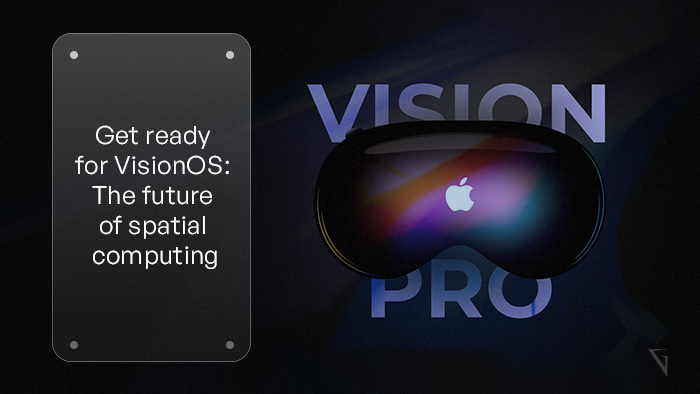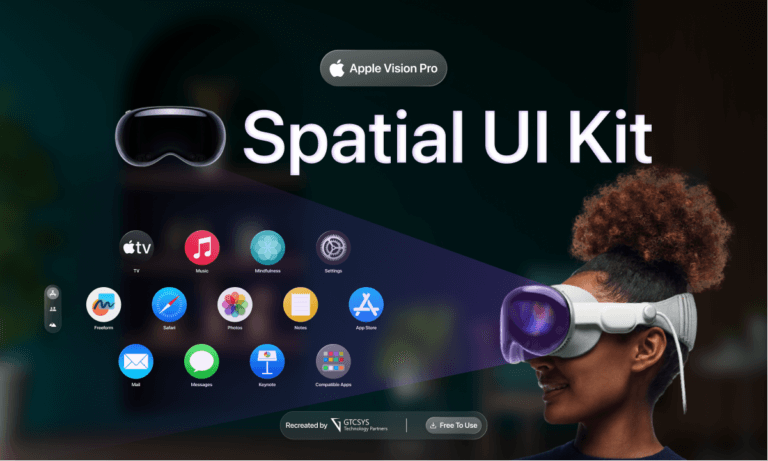
Prepare Your Applications for VisionOS: Embrace the Future of Spatial Computing
With the imminent arrival of the VisionOSSDK, Apple is once again pushing the boundaries of innovation and redefining our digital experiences. Whether you’re a seasoned developer or new to Apple platforms, now is the perfect time to prepare your applications for the exciting world of spatial computing. In this blog, we’ll explore the key steps you can take to ensure your apps are ready to deliver immersive and engaging experiences on Apple Vision Pro. Learn about developing for VisionOS: To kickstart your development journey, Apple offers an extensive collection of 46 sessions dedicated to spatial computing. These sessions cover everything from understanding VisionOSand designing for spatial computing to utilizing essential developer tools like Xcode and Reality Composer Pro. By diving into these resources, you’ll gain valuable insights and knowledge to create remarkable AR experiences. Adopt the latest best practices with SwiftUI: SwiftUI is Apple’s recommended framework for building interfaces that adapt seamlessly across various platforms. As you prepare for visionOS, leveraging SwiftUI becomes even more important. Its declarative syntax and visual design tools enable
